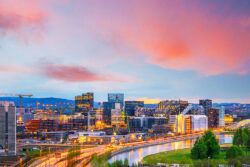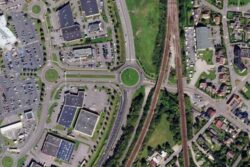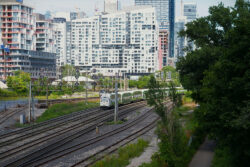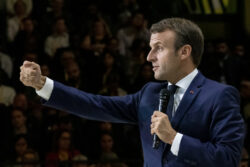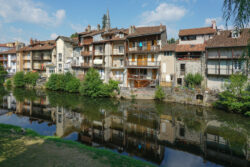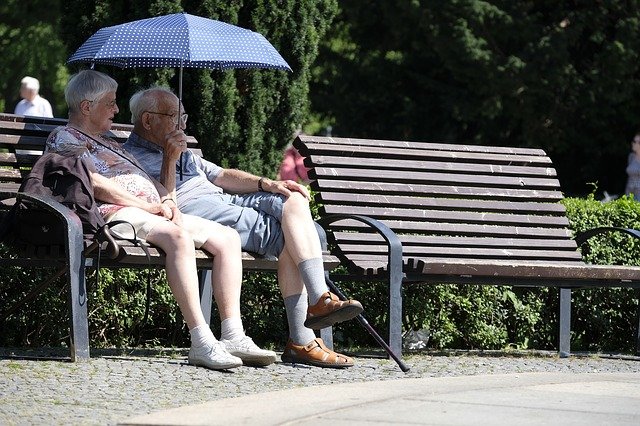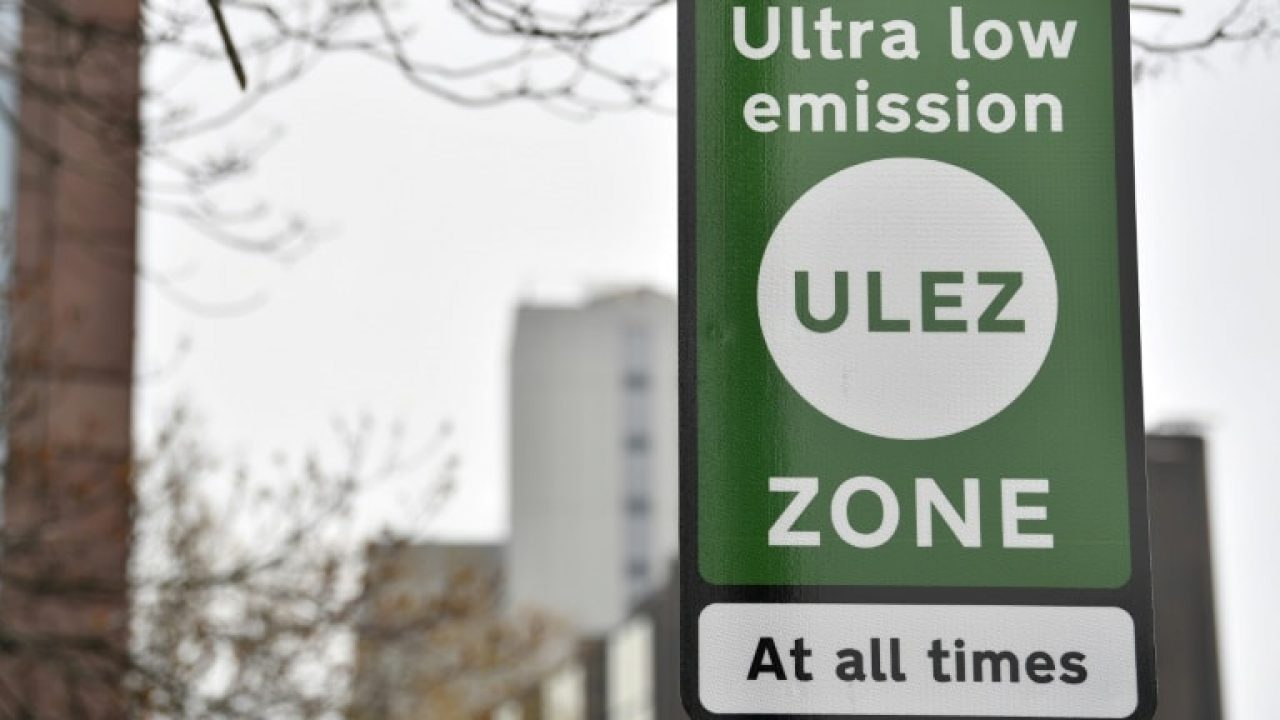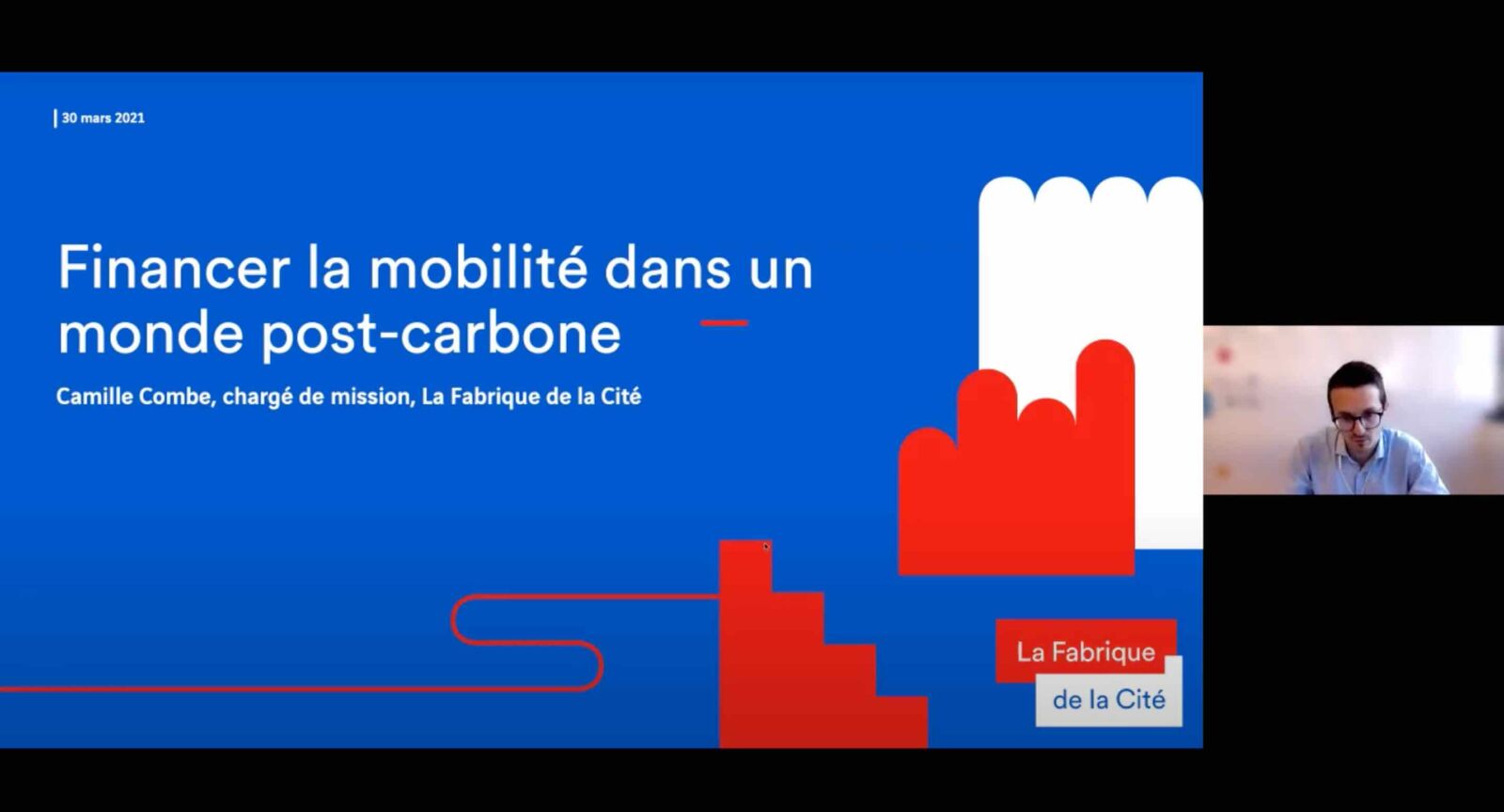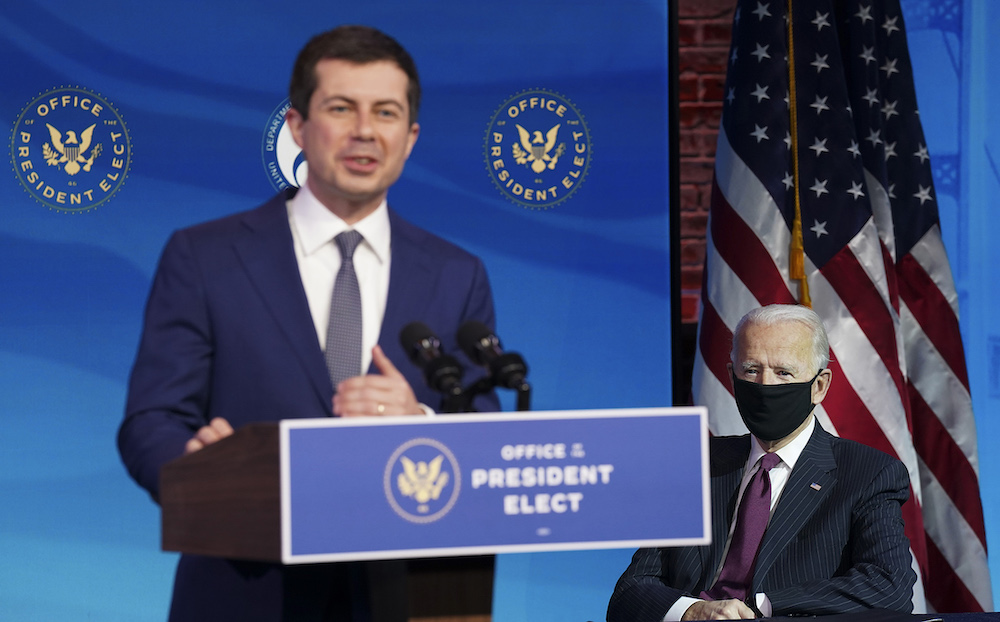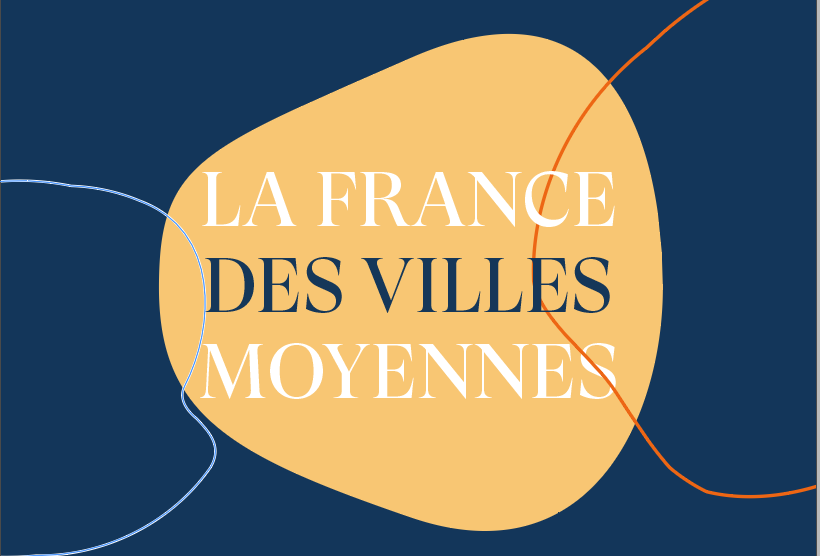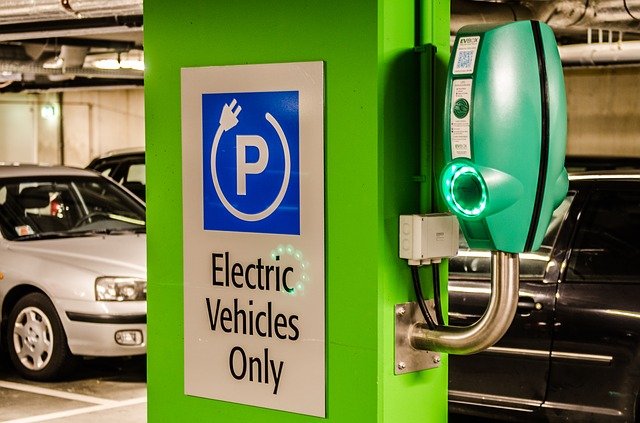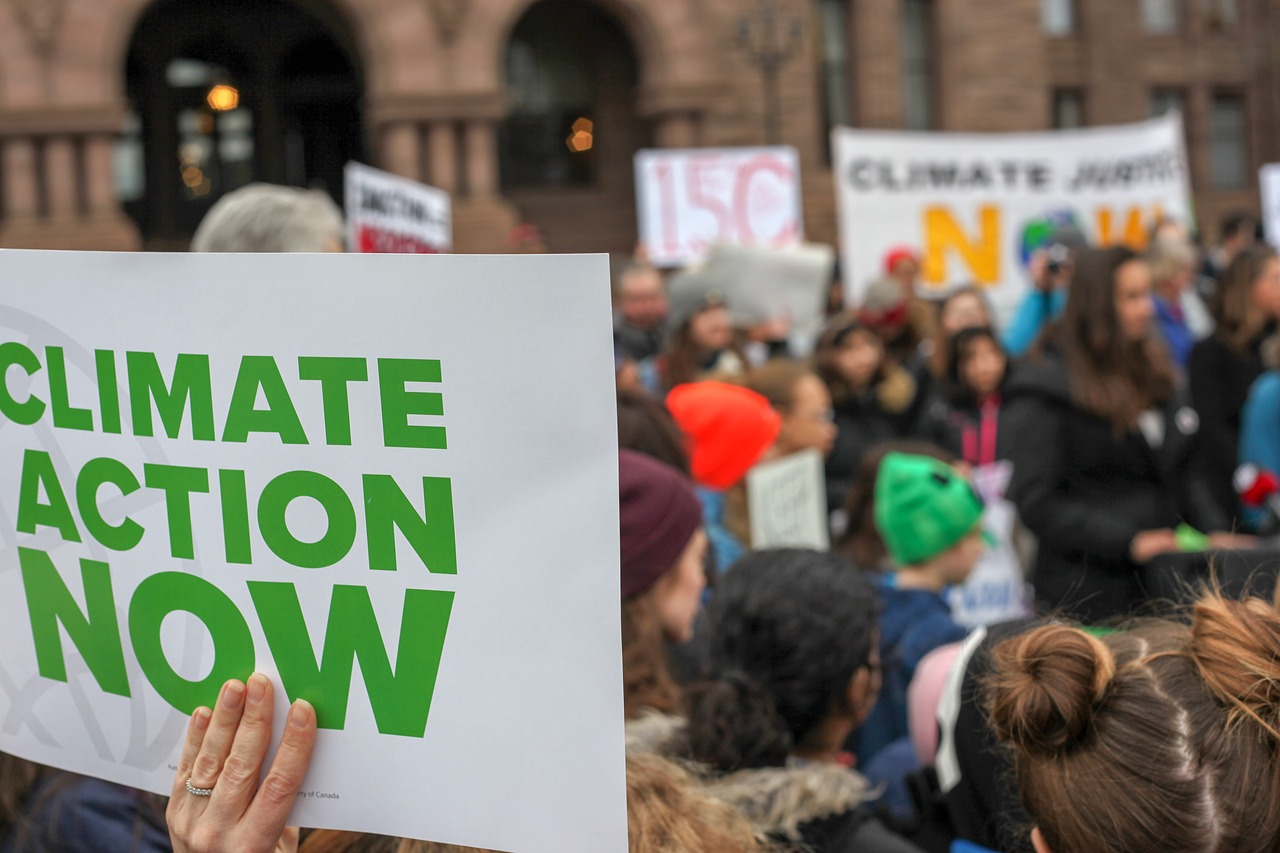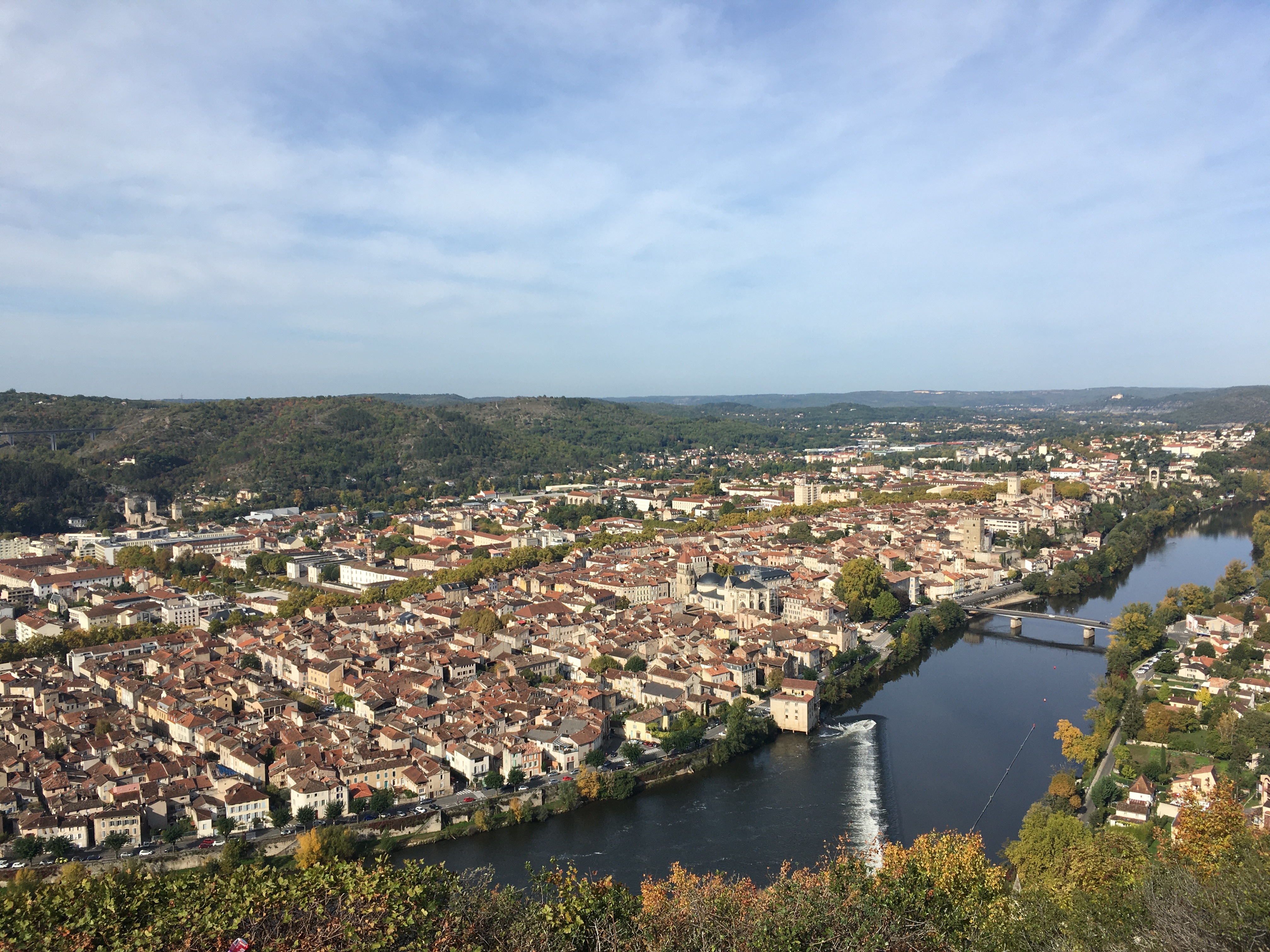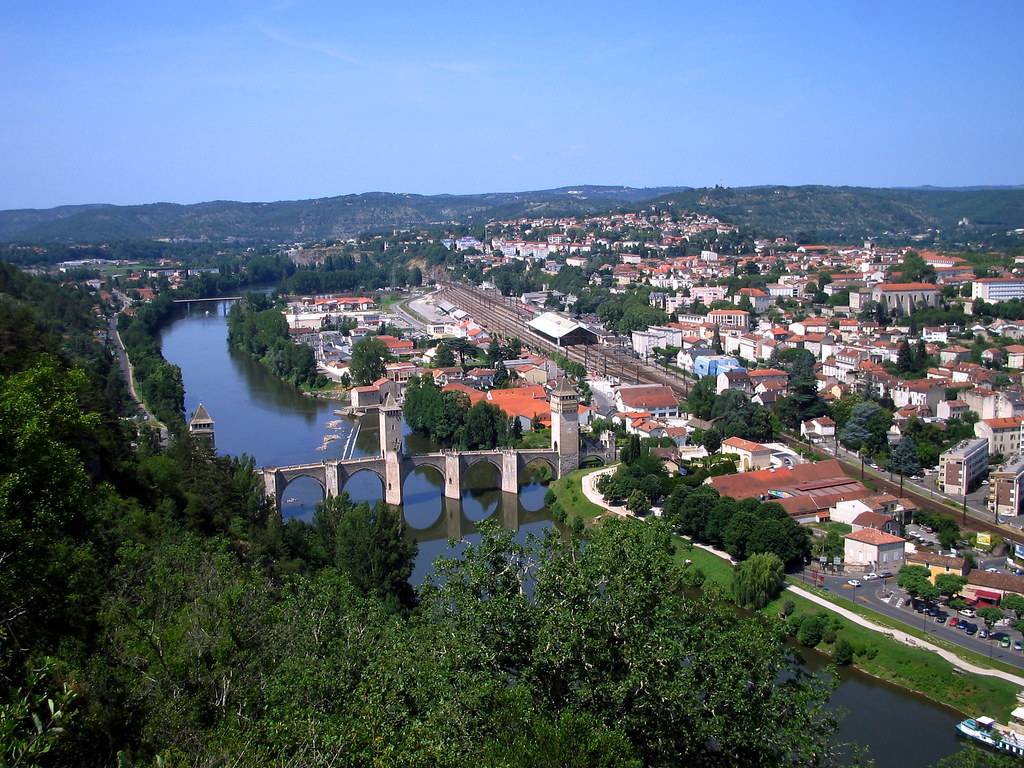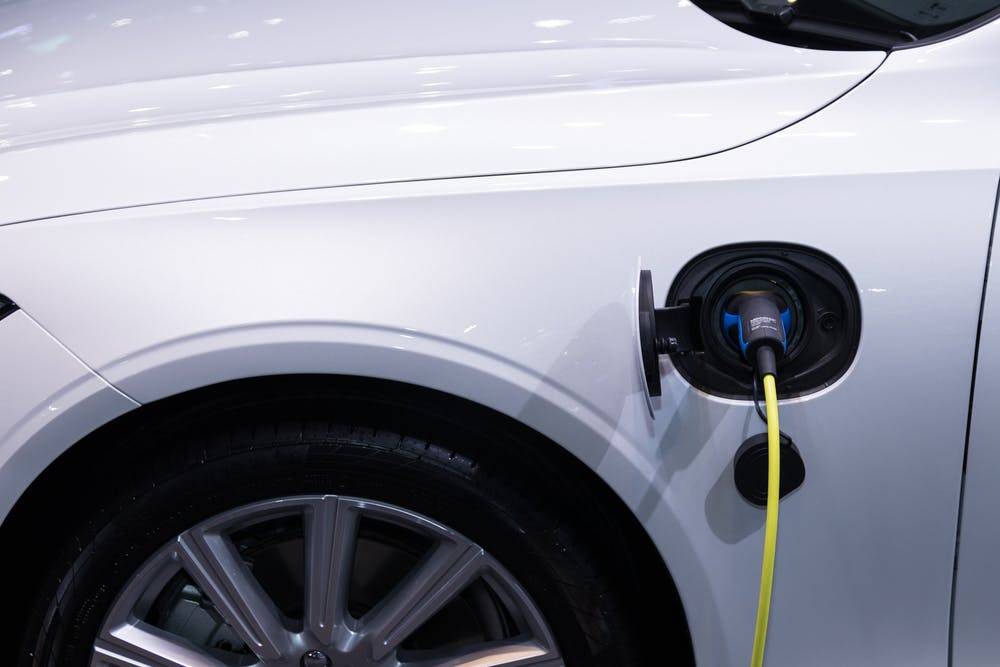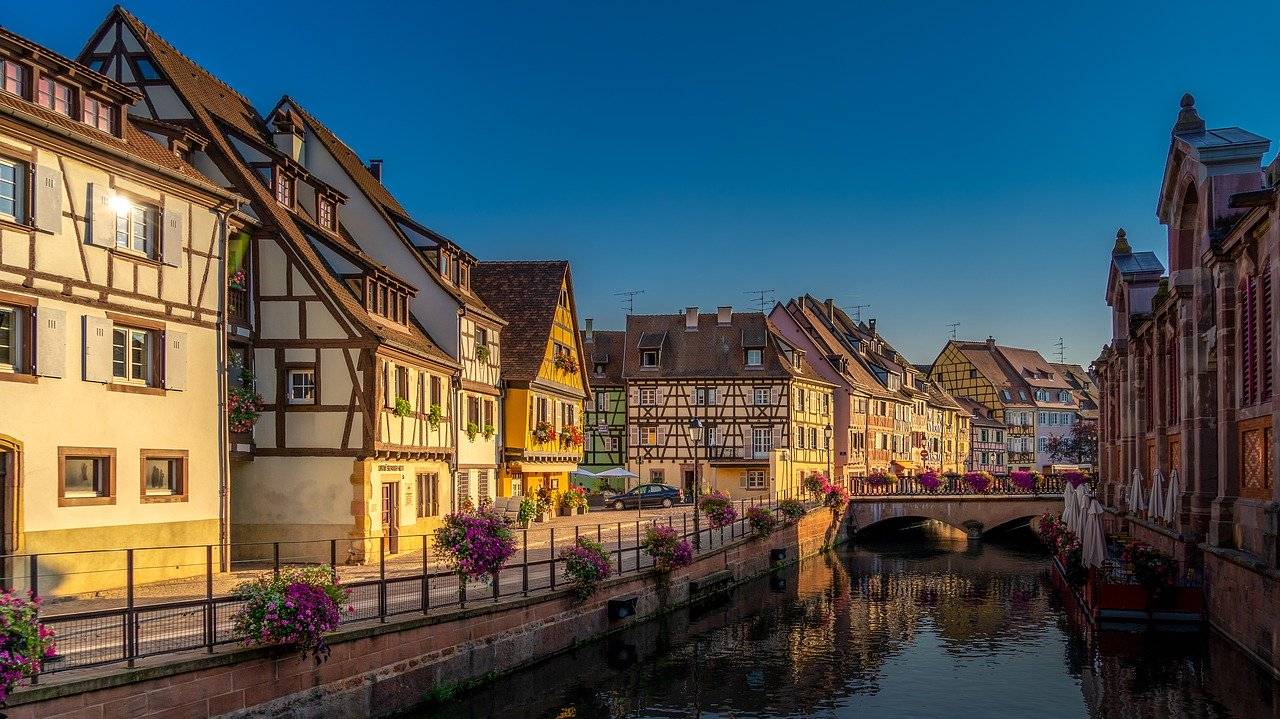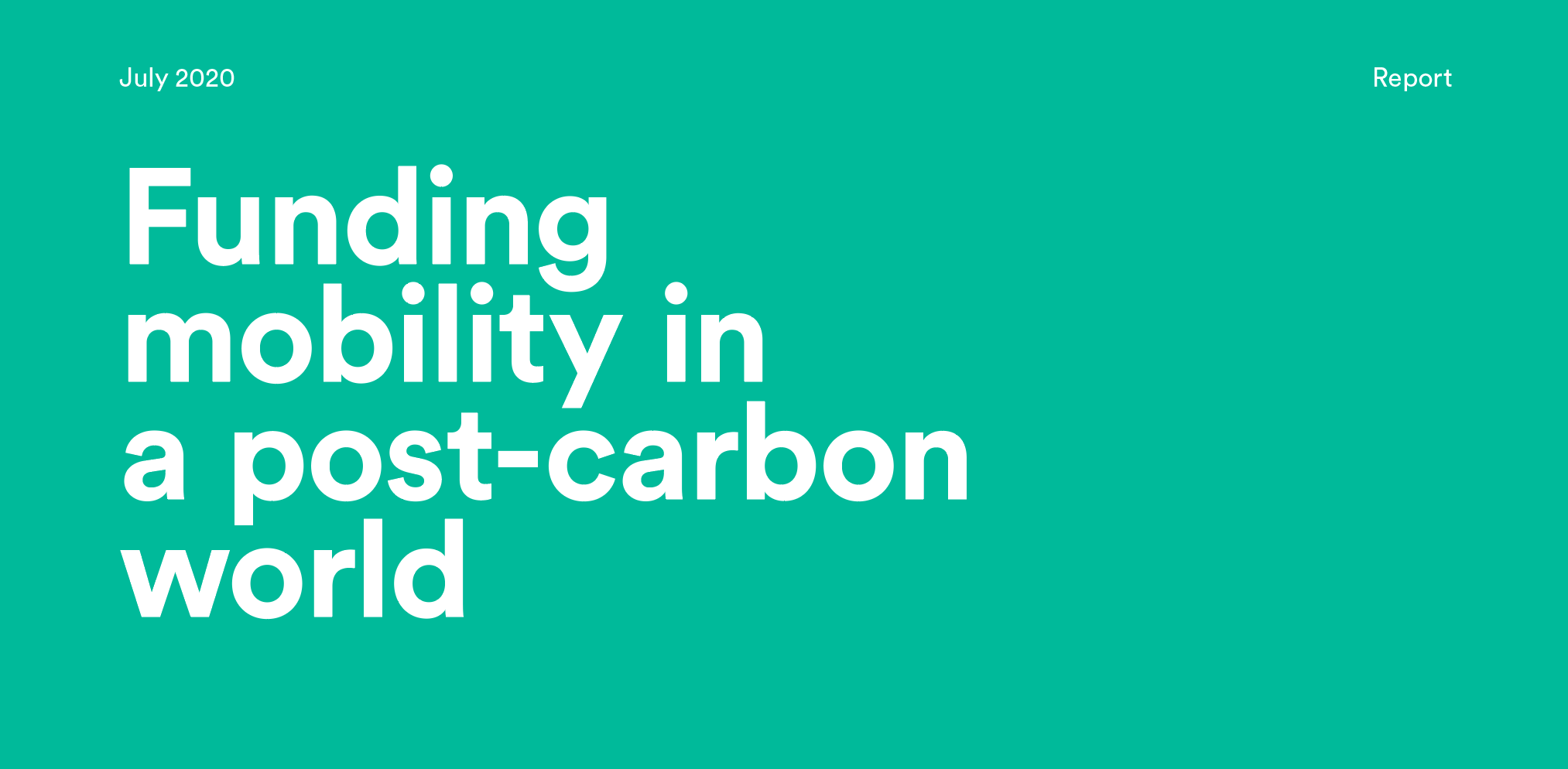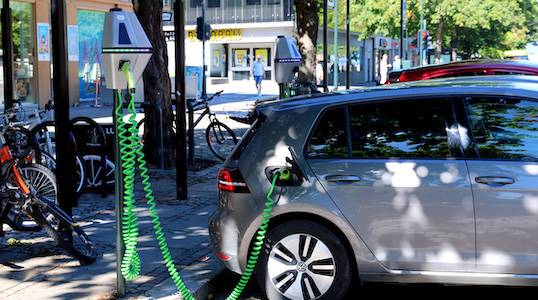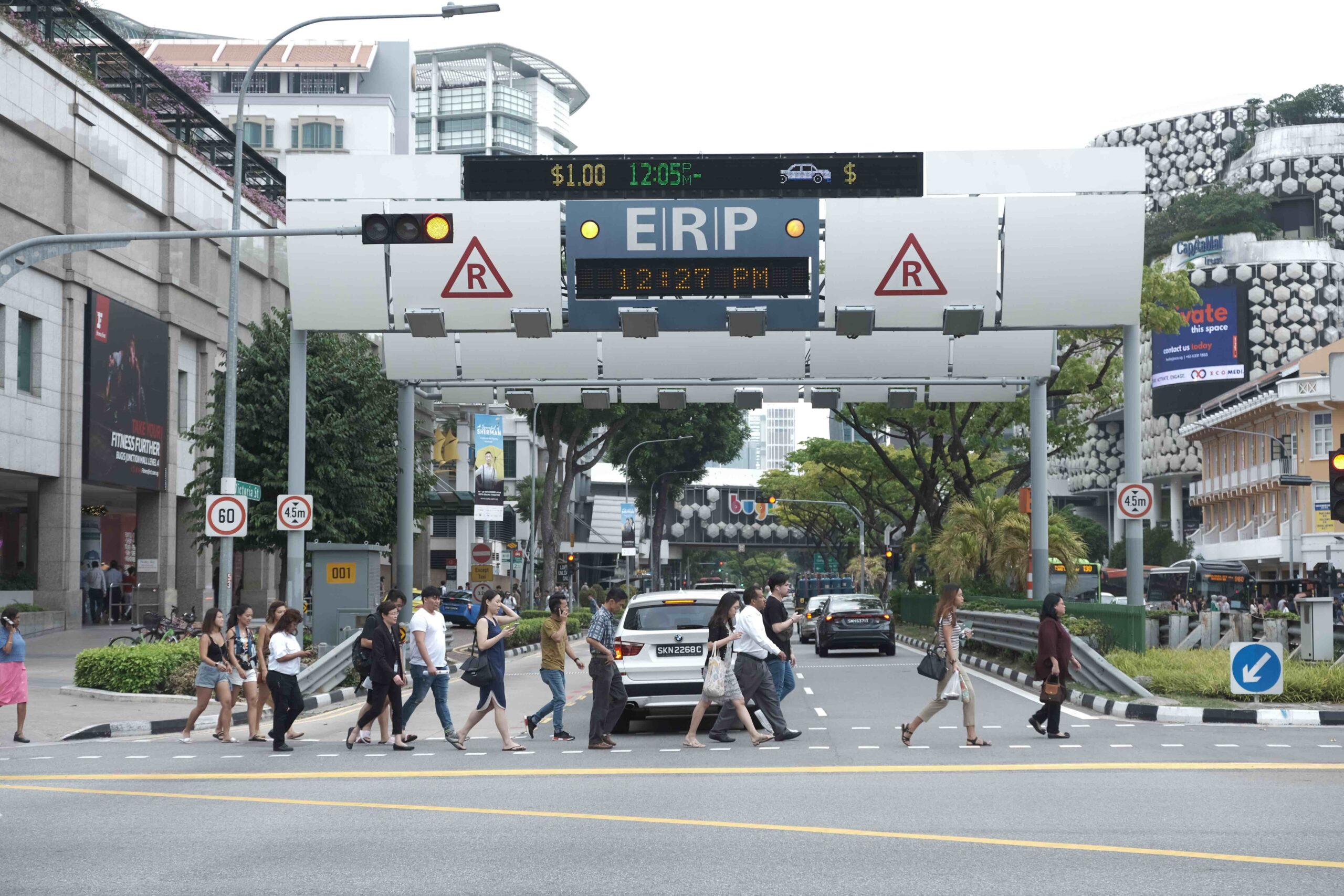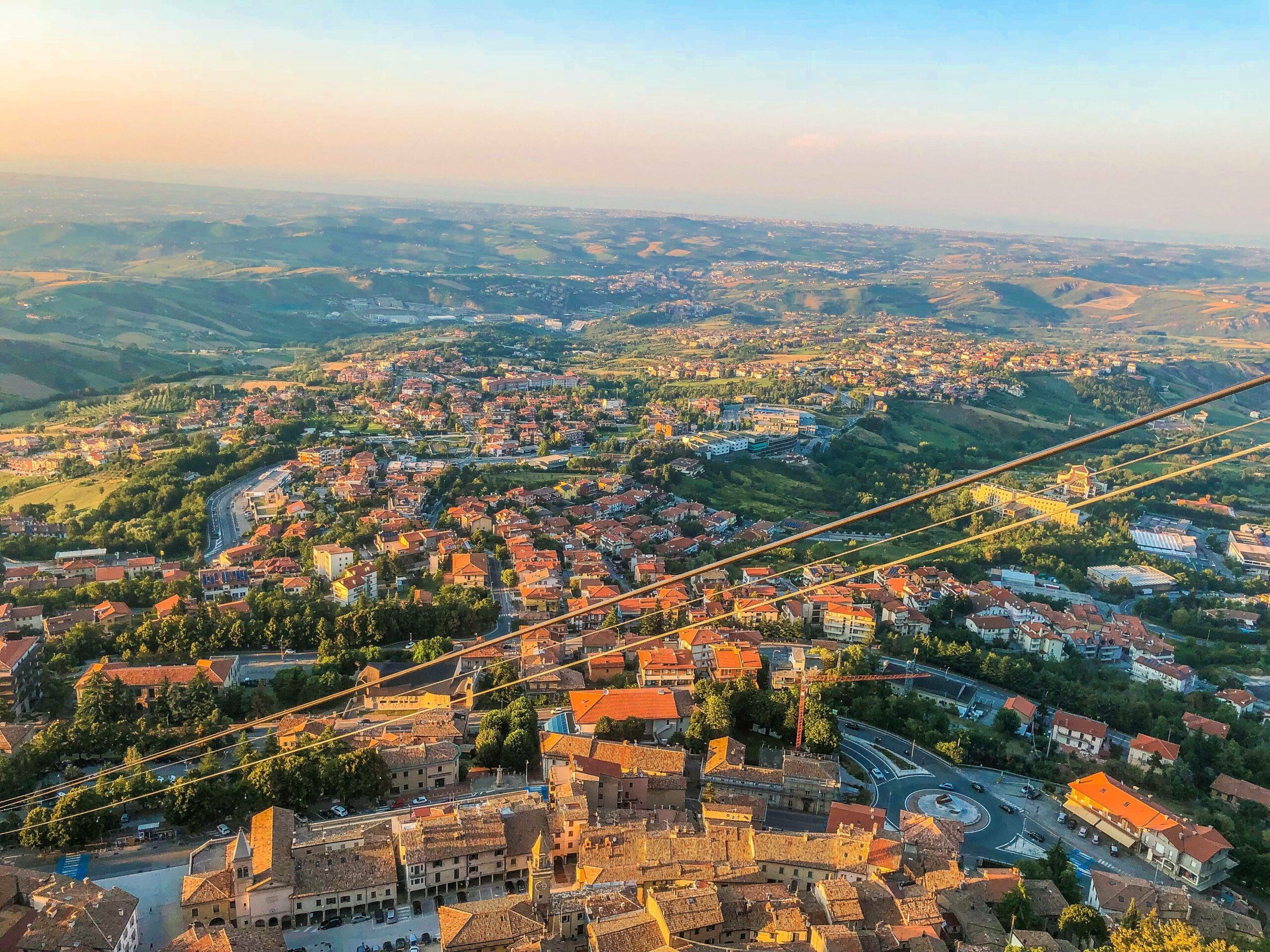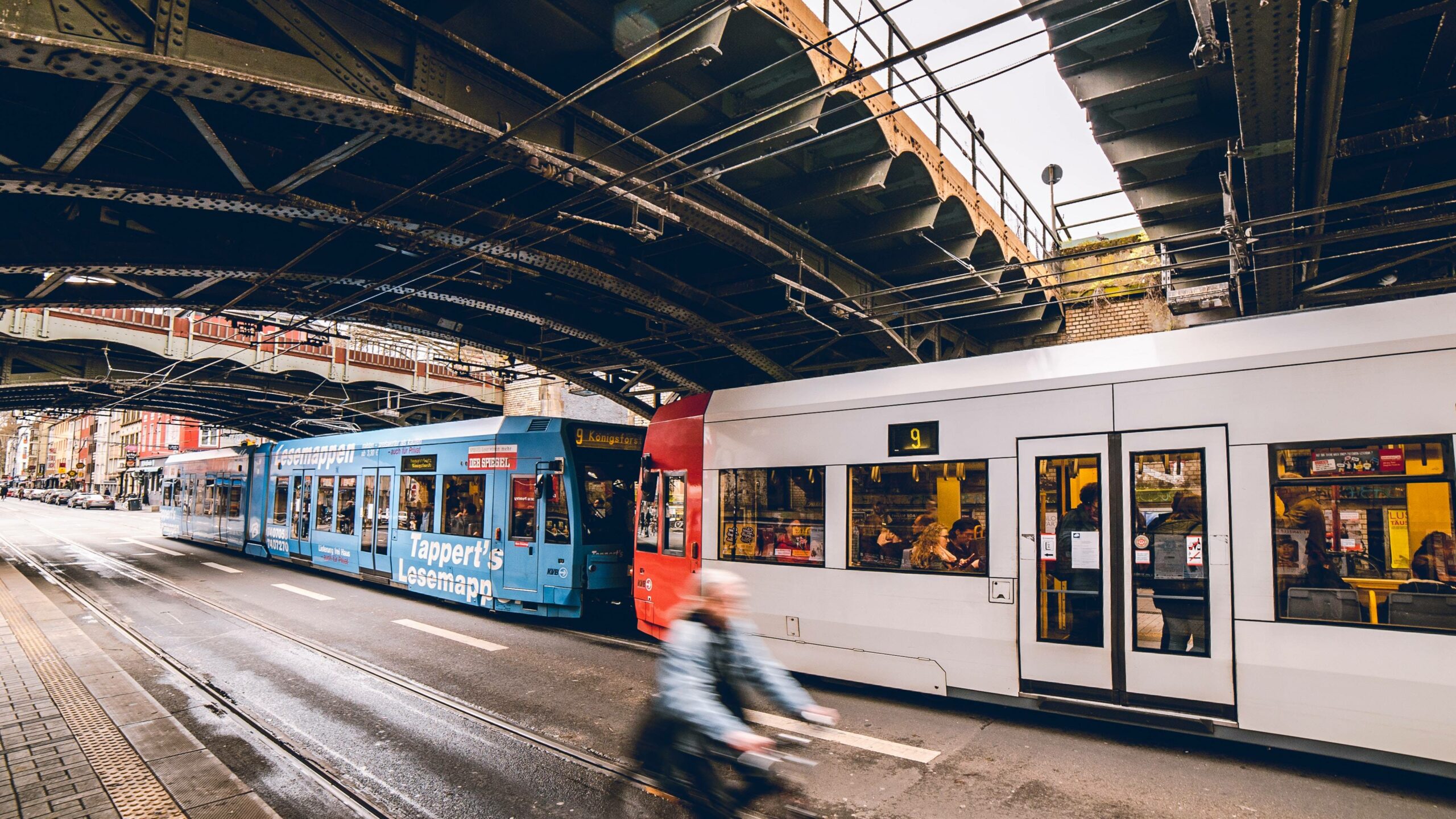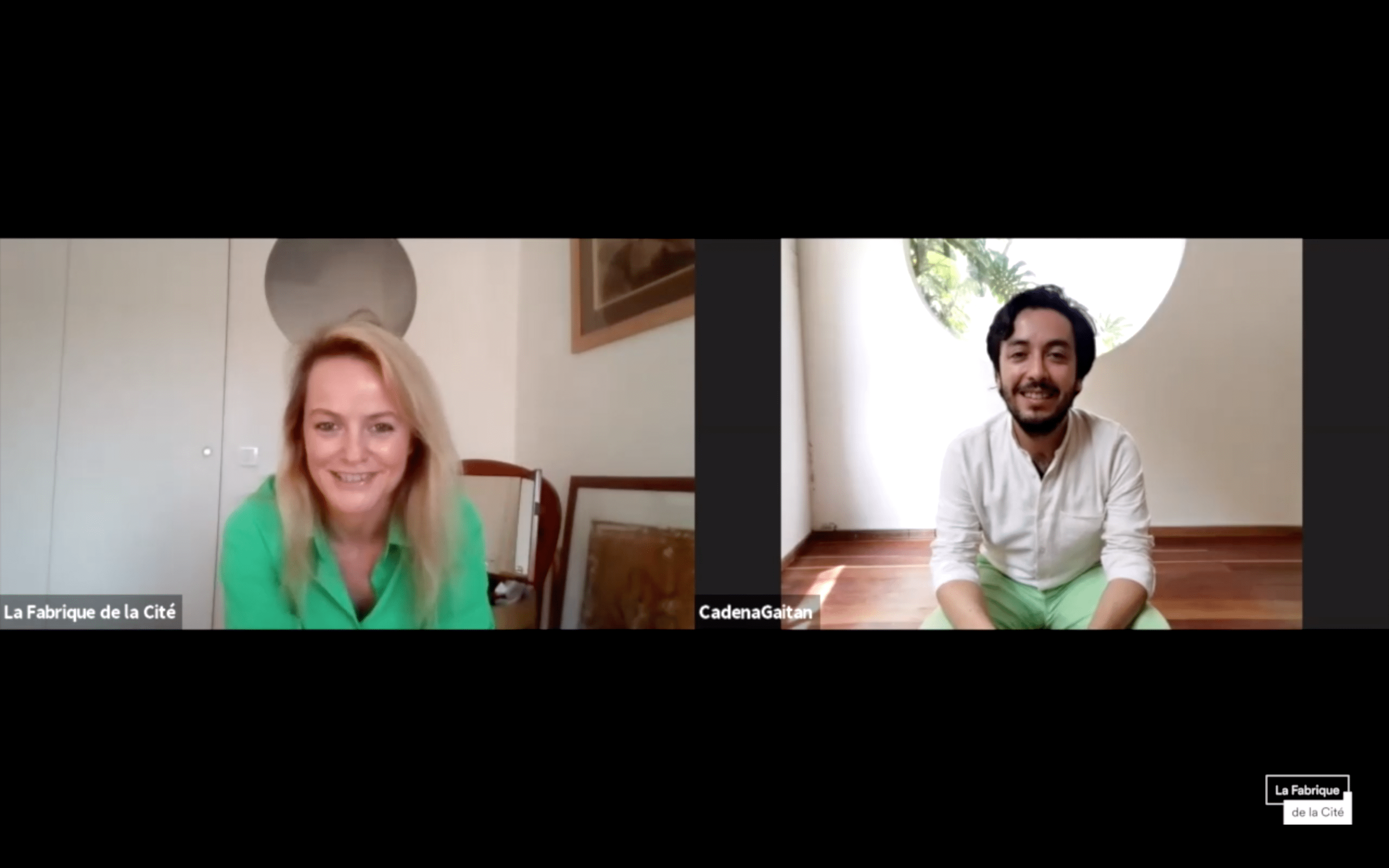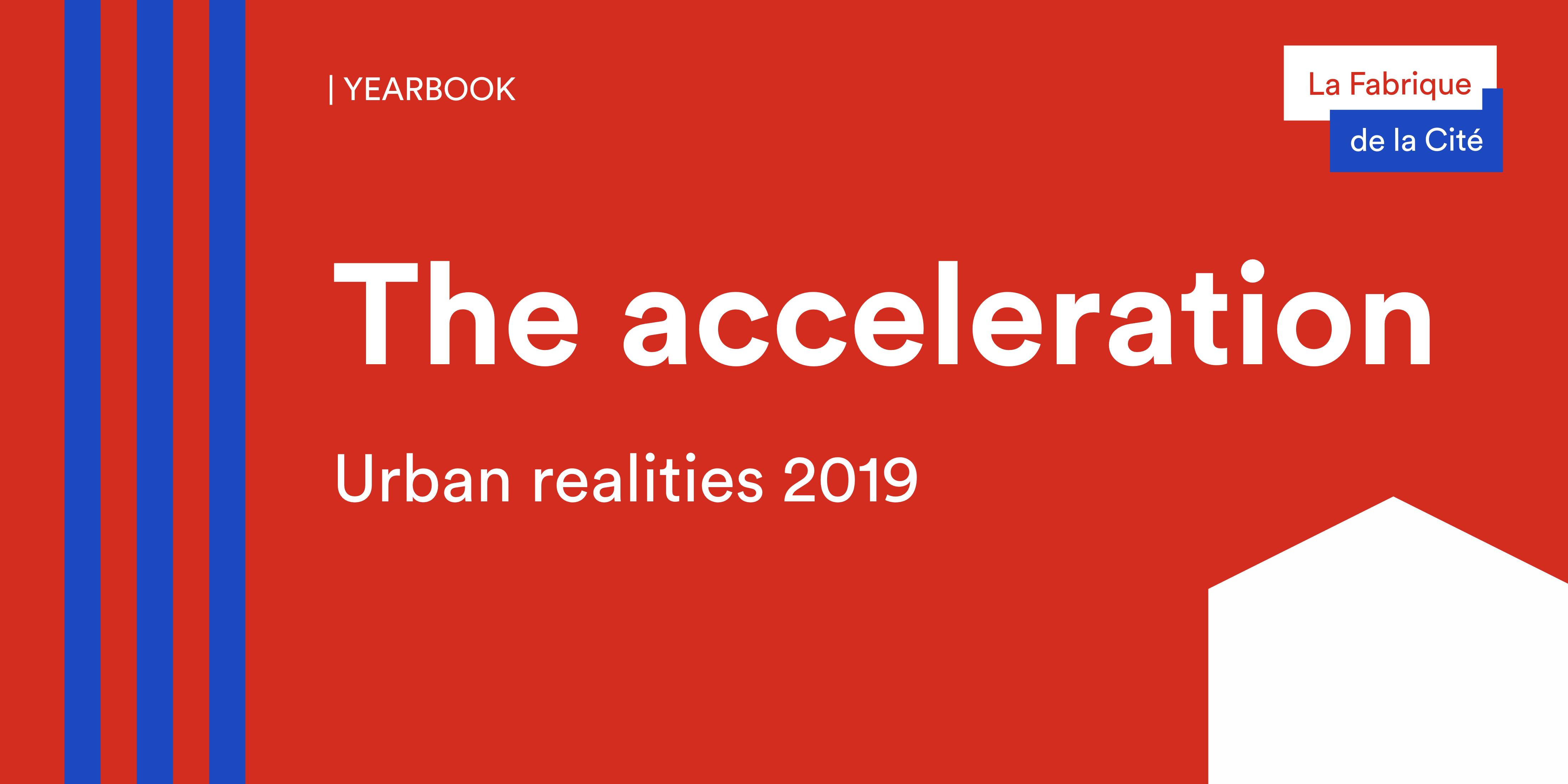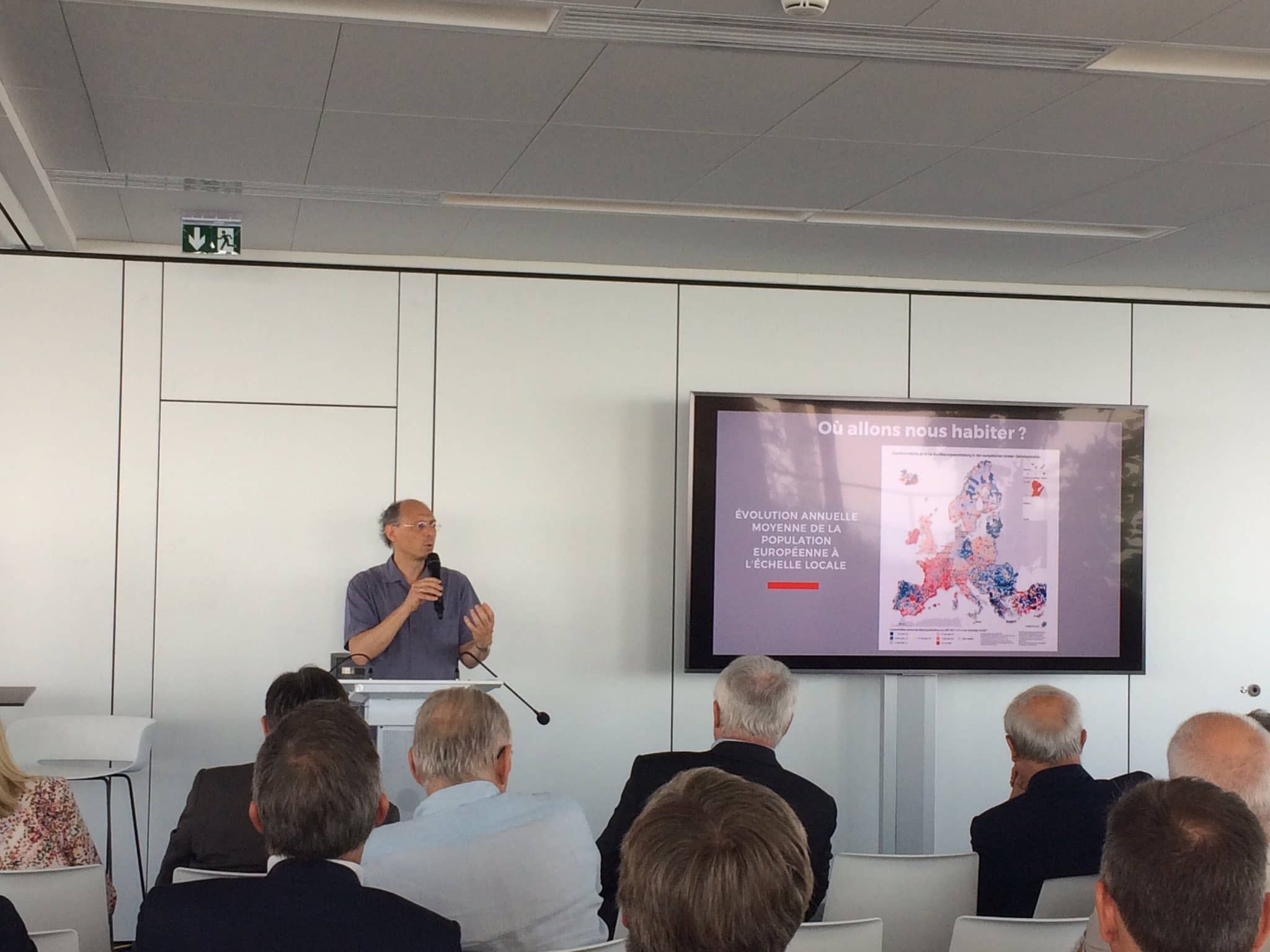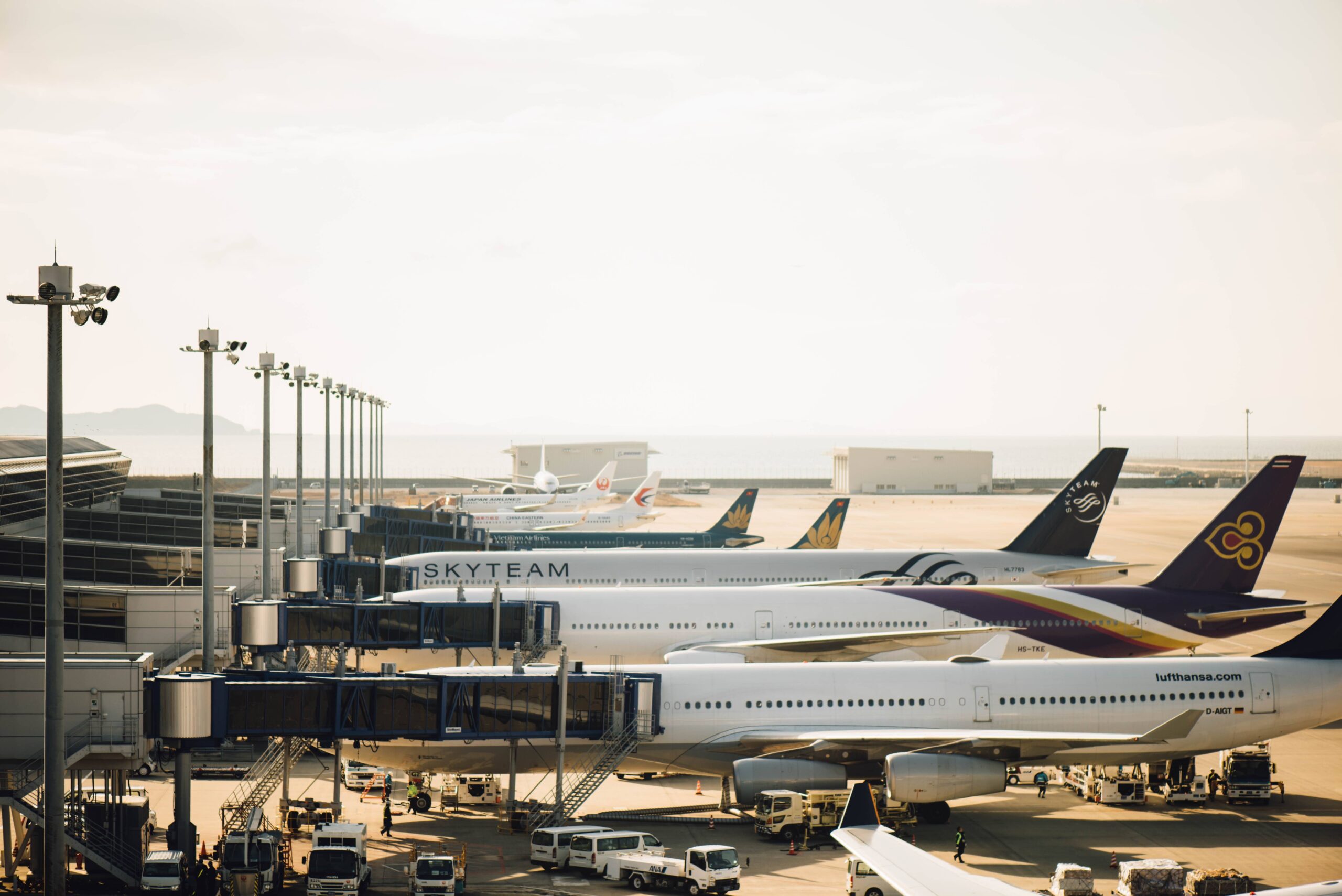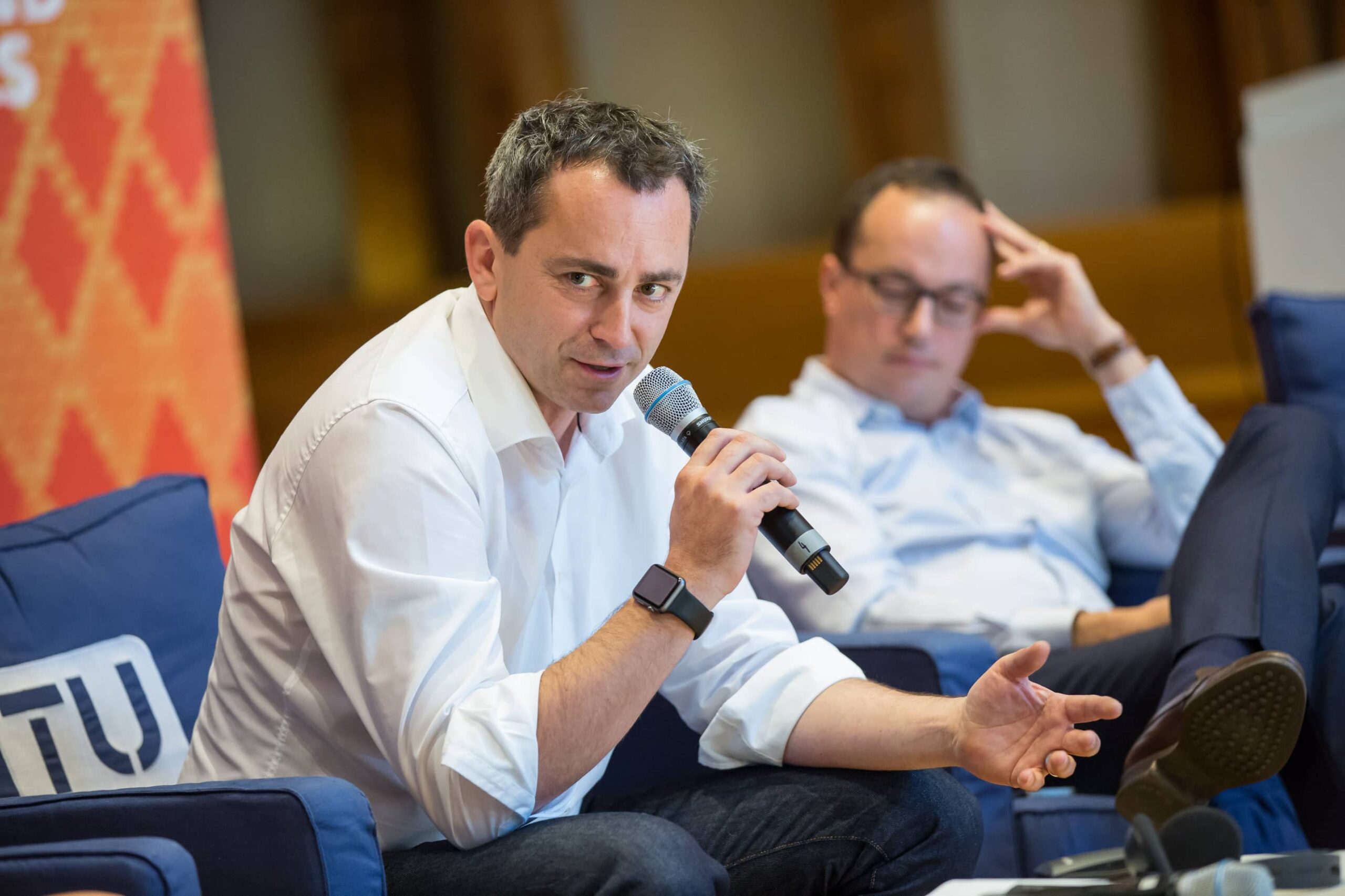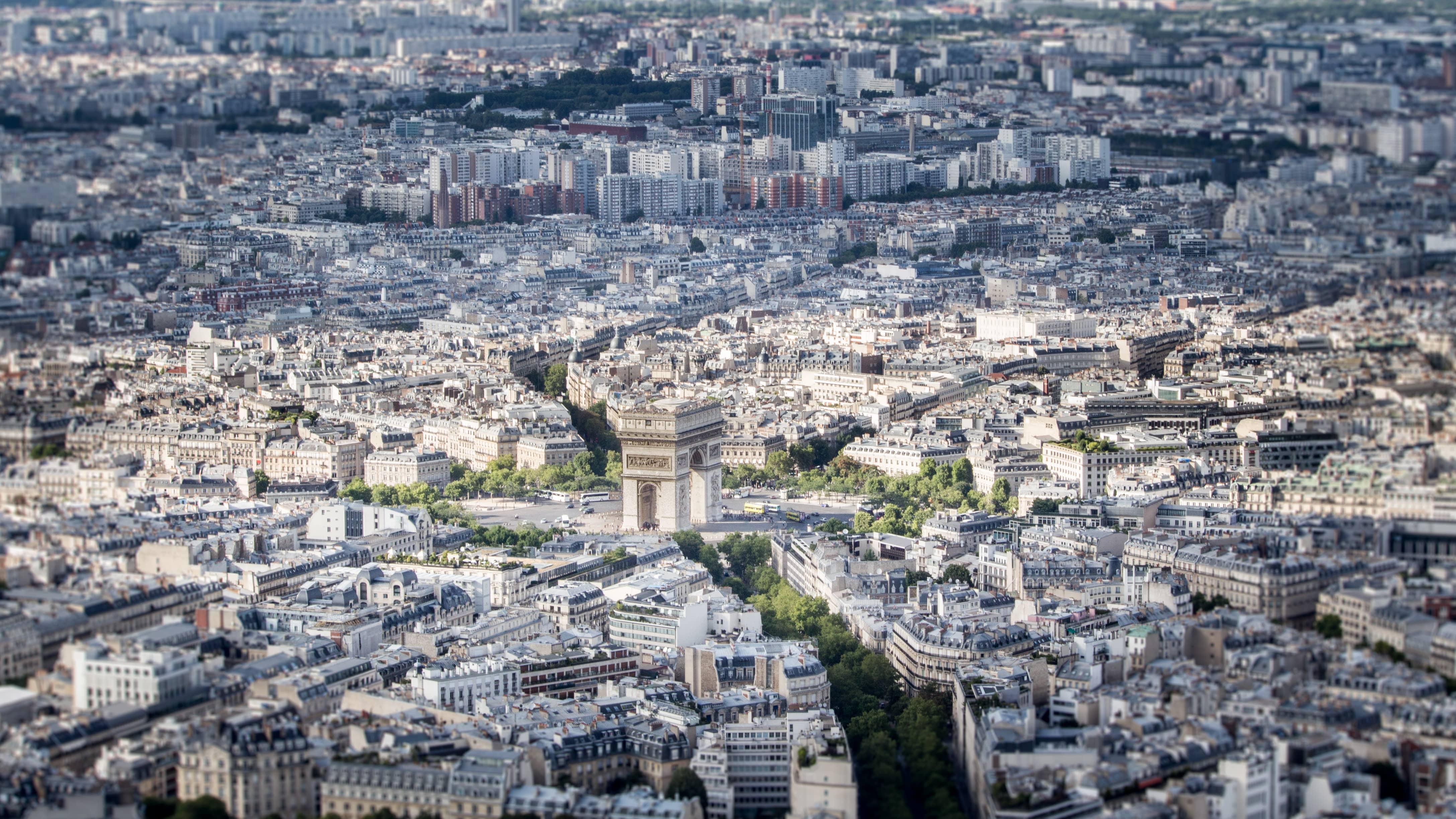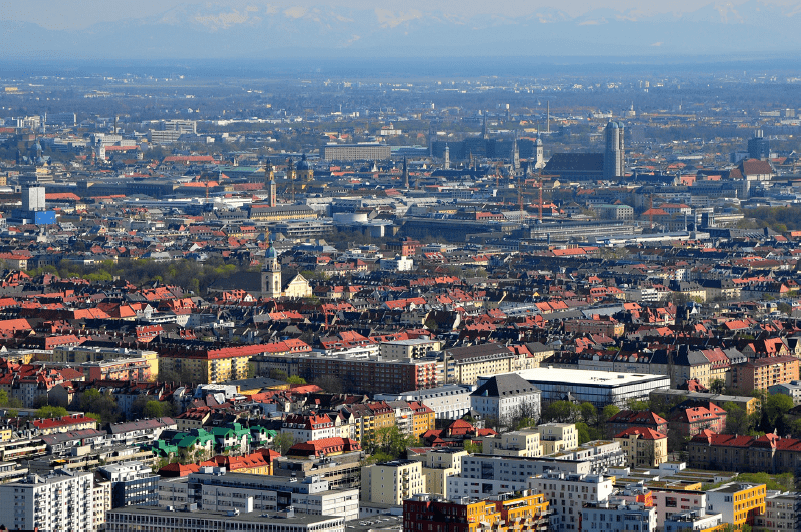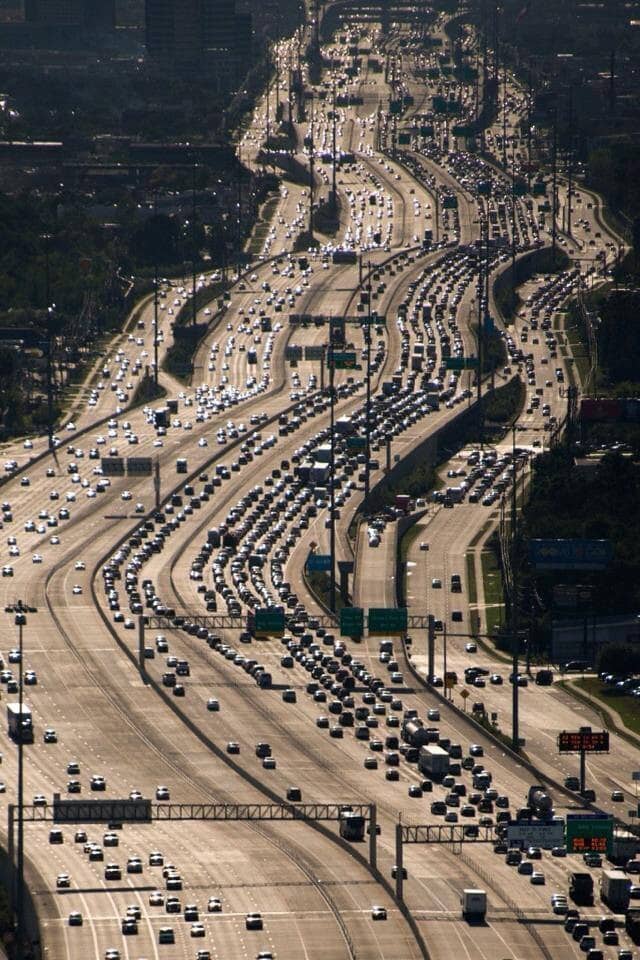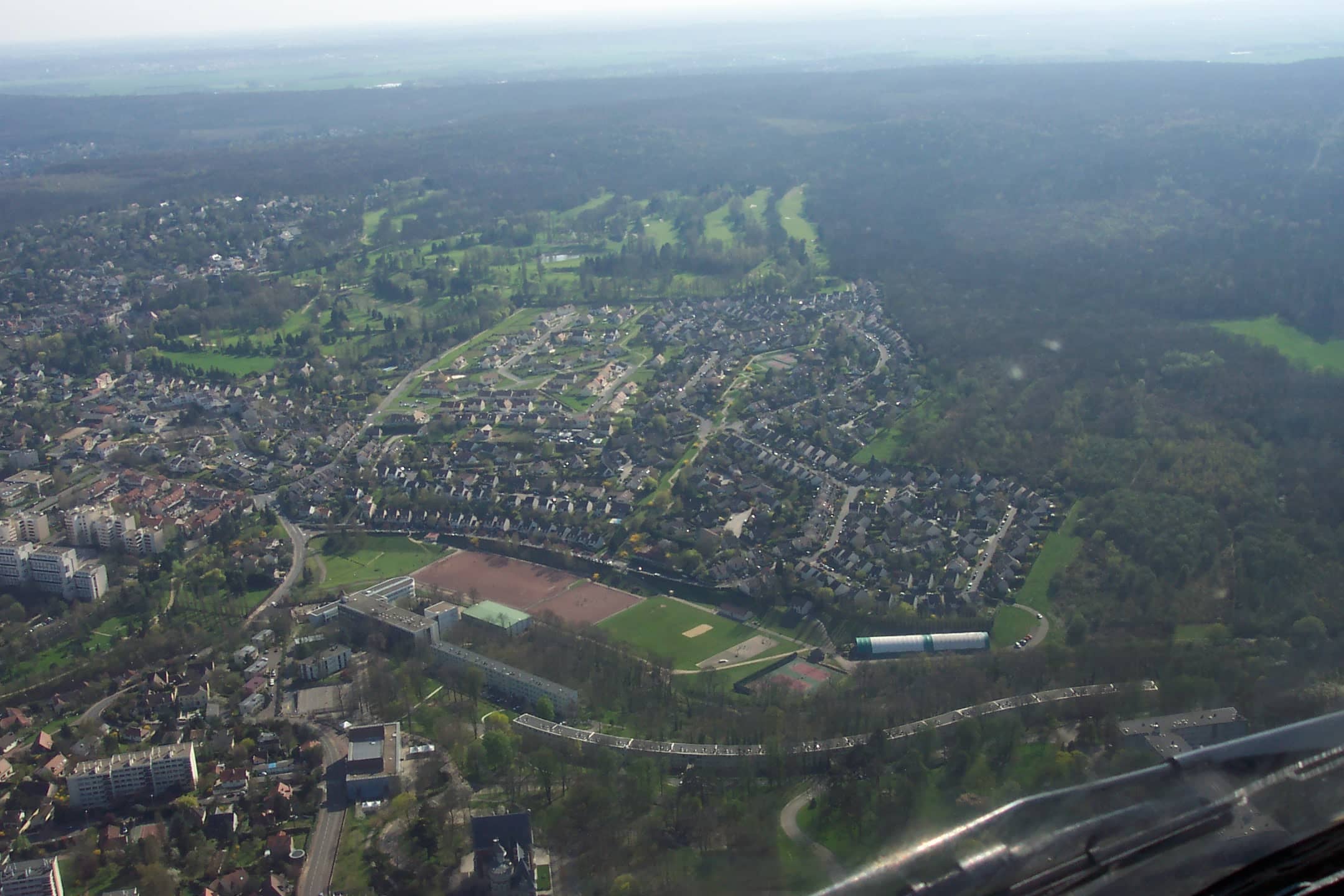

When territories take the floor and propose a vision of the future of mobility
On February 9th, a remarkable report on mobility in Île-de-France, focusing on the peripheral area of the region, was published; it is entitled “The future of mobility in Île-de-France: emergency plan for the peripheral areas”. This report is remarkable for three reasons, starting with its approach. Prepared by François Durovray, President of the Essonne Departmental Council, who is the first signatory, this report is also signed by local and national elected representatives from all sides. A few months away from major elections, this non-partisan approach is rare enough to be noted in a country with no tradition of political consensus. It alone underlines the urgency emphasized in the title of the report.
It is also remarkable because of its subject. In a public debate on mobility almost exclusively centered on the urban hypercentre – how many articles, how many photos on the use of cycle paths in central Paris? –, this report stands out by talking about the territories that should be in the headlines of any serious debate on the decarbonization of mobility, i.e. peri-urban tserritories. It is on the roads of peripheral France that the future reduction of CO2 emissions of our mobility is at stake, it is there that there are untreated needs in terms of offering mobility solutions, it is there that we must act as a priority.
Finally, this report is remarkable for its content, particularly the proposals it puts forward. It shows that magic and simple solutions do not exist; it reminds us that price signals are more effective and more sustainable than coercive measures; it emphasizes, by courageously tackling the issues of the mobility of goods and eco-taxes, that mobility is a system; it focuses on the reality of the territory – the road – to show how it is an asset on which solutions can be built and not a liability to write off; it insists on complementary solutions by highlighting the role that both infrastructure and technologies may play. Finally, it is part of a perspective on growth and gives substance to the concept of green growth, showing that it is inseparable from an approach that starts from the field reality.
Clearly, this is not just another report. Let us even hope that it will spread and that other territories will take the floor to propose a vision of sustainable mobility that is as ambitious as it is concrete, far from catchphrases and simplisms.
These other publications may also be of interest to you:
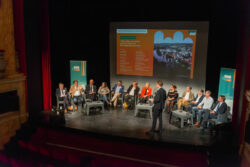
Back from Cahors
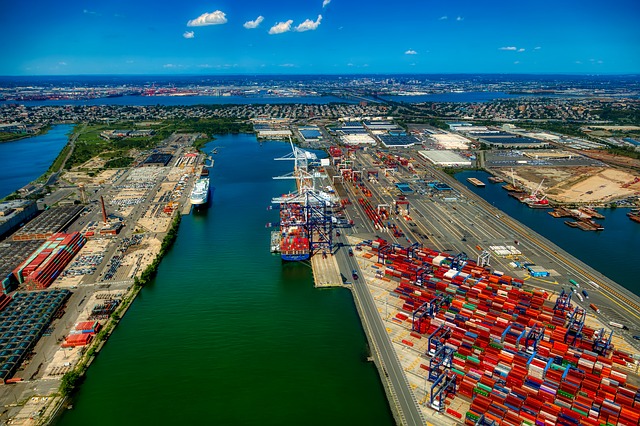
Rebalancing
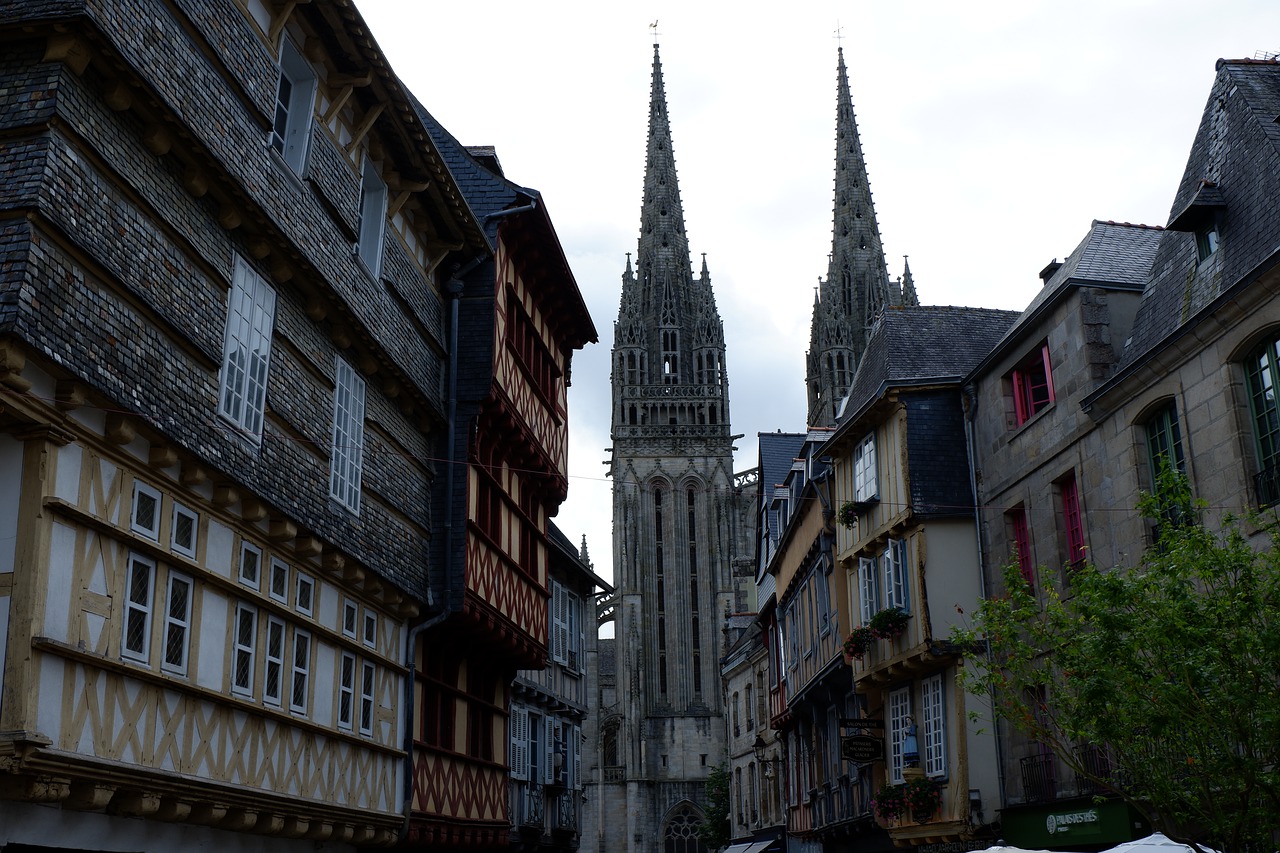
Size, Network and People

Sending out an SOS

Behind the words: telecommuting
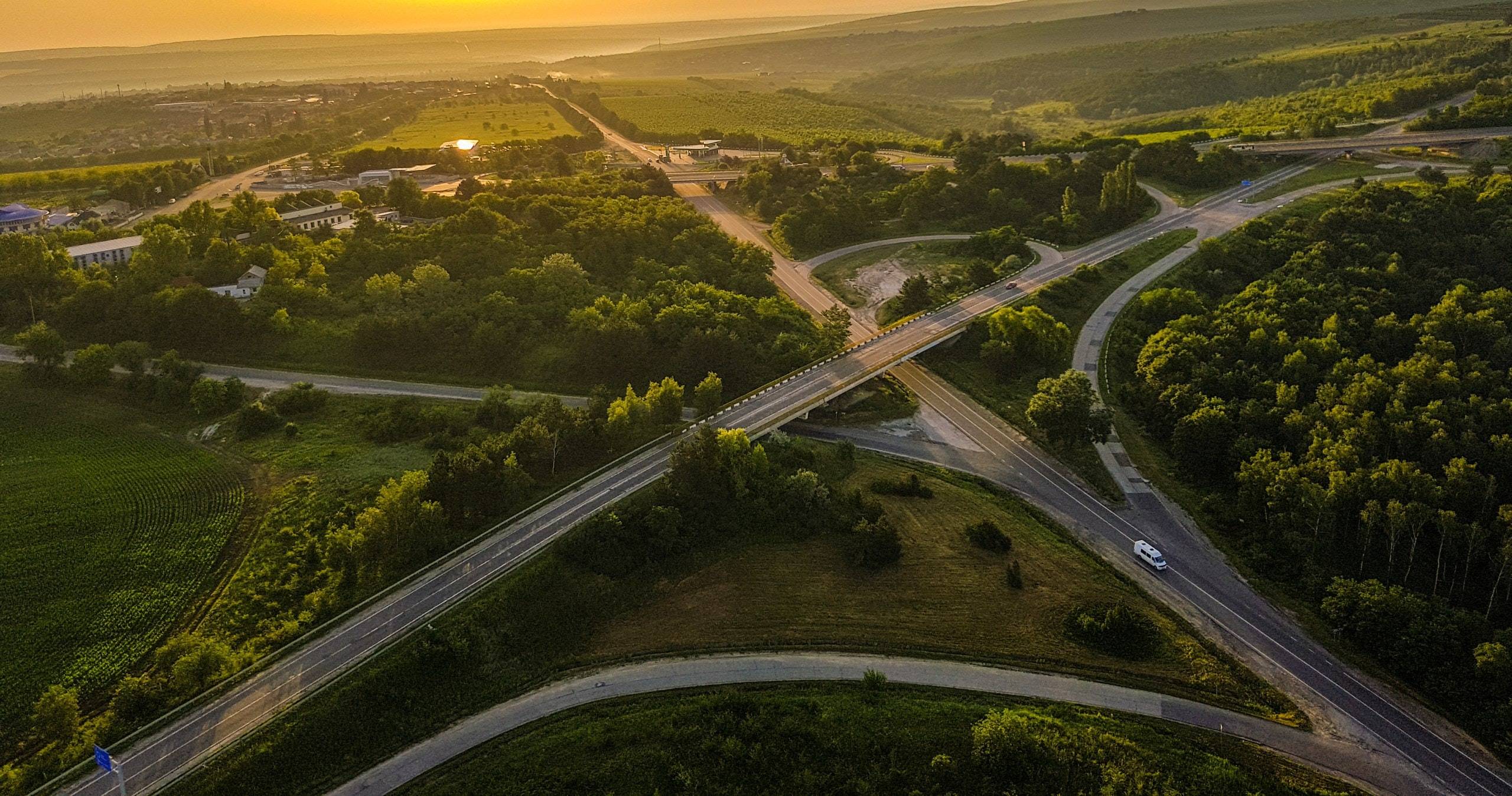
Behind the words: urban congestion
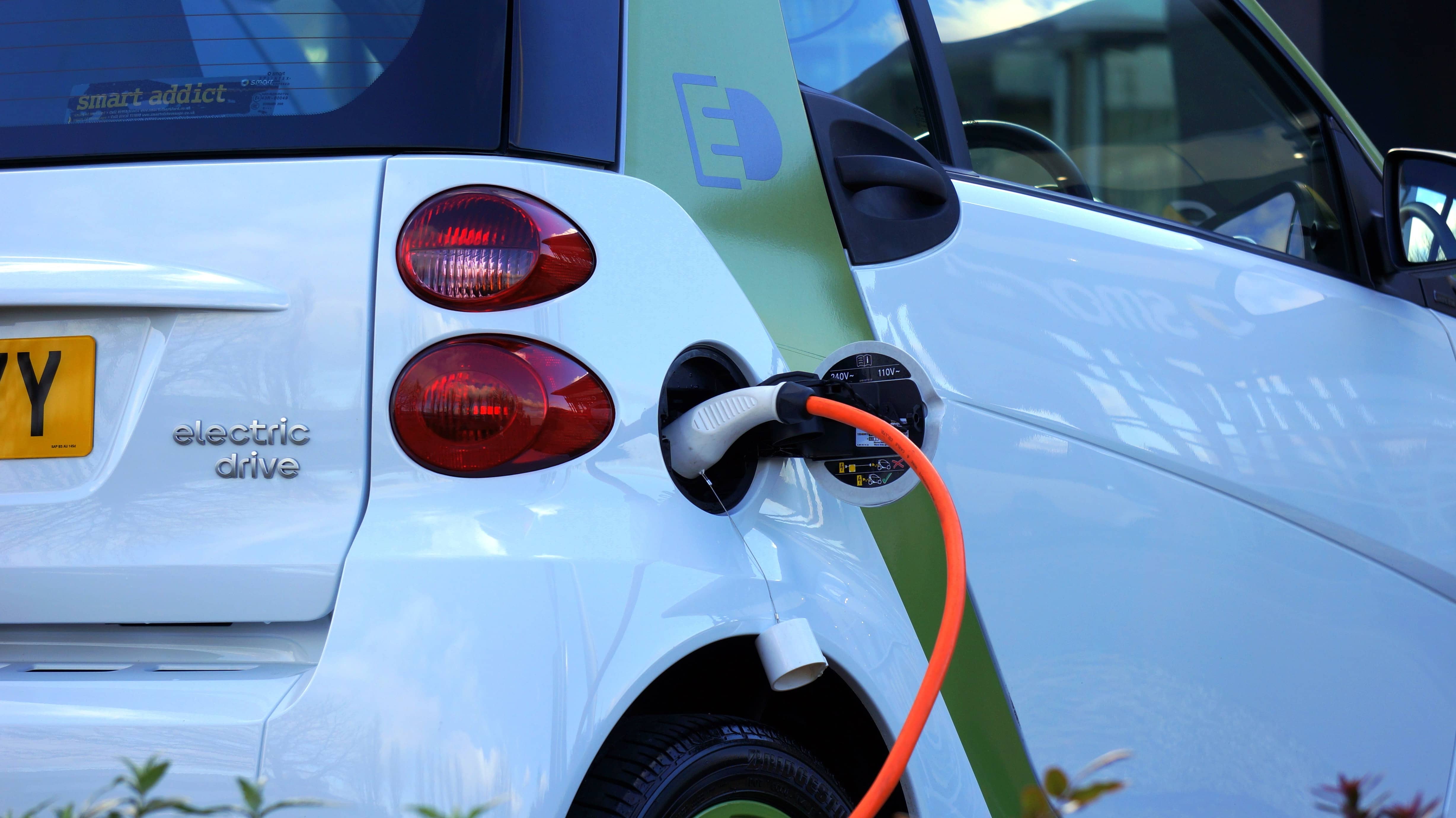
The political and technological challenges of future mobilities

Inventing the future of urban highways
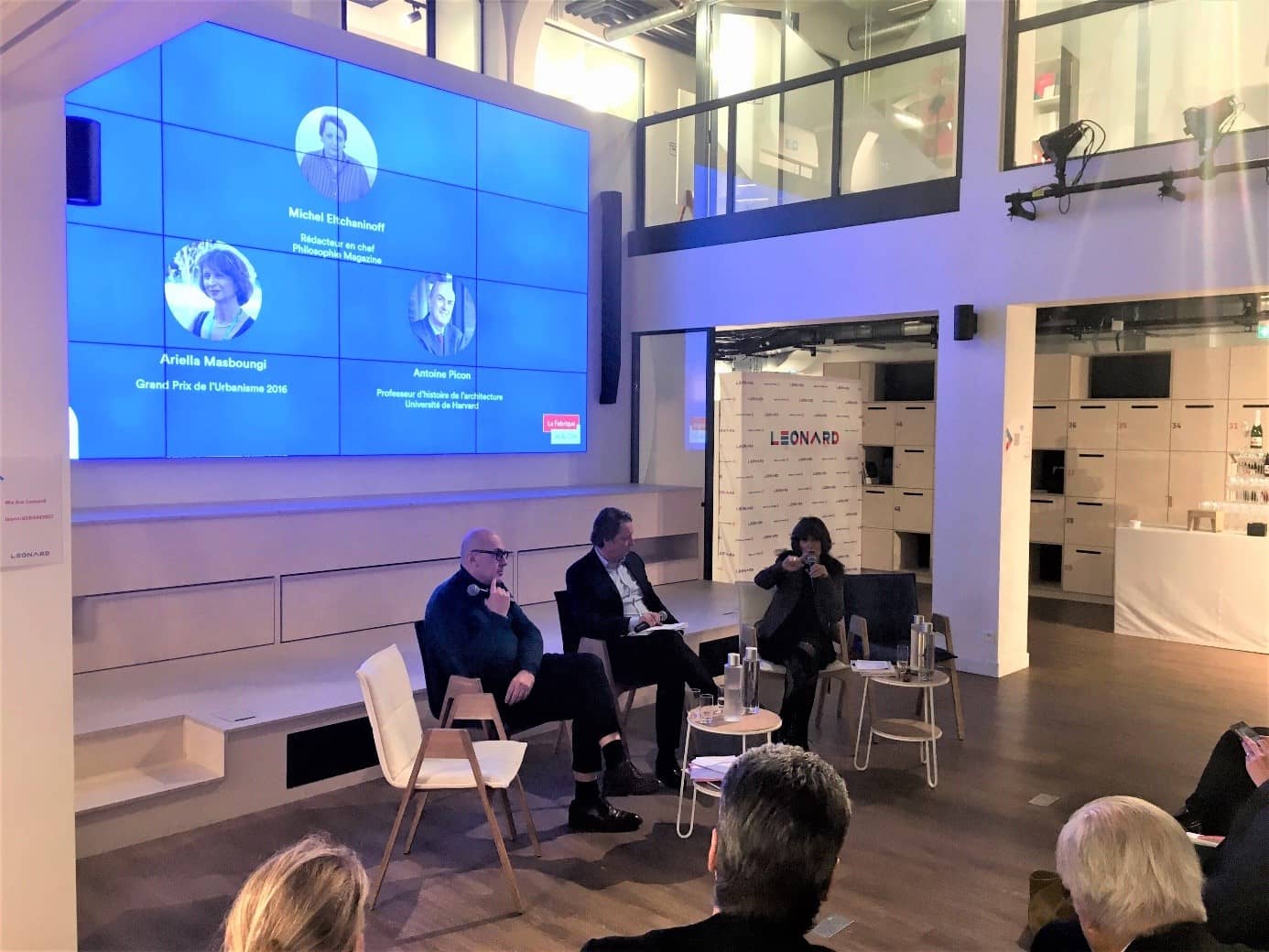
Spatial justice, managing the situation to enable development?
“Dig, baby, dig”
La Fabrique de la Cité
La Fabrique de la Cité is a think tank dedicated to urban foresight, created by the VINCI group, its sponsor, in 2010. La Fabrique de la Cité acts as a forum where urban stakeholders, whether French or international, collaborate to bring forth new ways of building and rebuilding cities.















